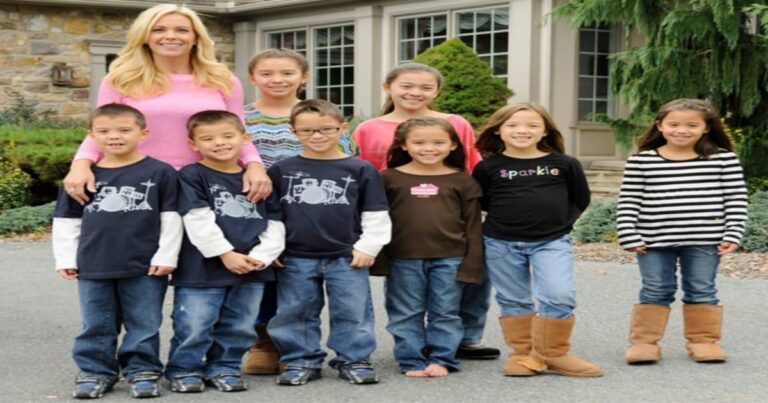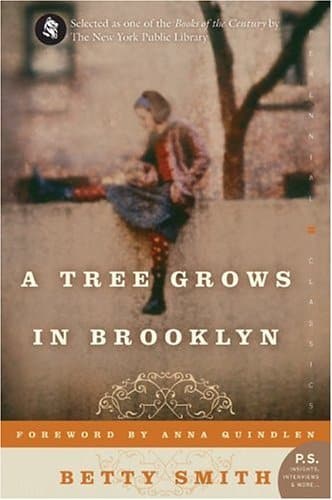Facebook Launches New Privacy Guide, Proves Everyone Needs To Be Mindful Of Protecting Survivors Of Domestic Violence Online


From Salon.com:
Facebook created the guide in partnership with the National Network to End Domestic Violence in an effort to support the needs of victims and help prevent survivors from feeling isolated, according to Facebook’s Vice President of Innovation & Development, Cindy Southworth.
”Privacy and safety go hand in hand for survivors. The most dangerous time for a victim of abuse is when they are preparing to leave or have left an abusive partner,” she said. ”Telling a victim to go offline to be safe is not only unacceptable, it further isolates her from people who love her.Survivors shouldn’t have to live their lives avoiding every possible situation that the abusive person could misuse.”
The guide is something that really everyone should take a look at. I teaches the importance of managing friends and keeping your privacy settings up-to-date. It also goes over how to format settings and notifications. It’s a good thing for any user of social media to be familiar with. While going over the guidelines, it’s pretty scary to see how little control we actually have over things that are shared about us in cyberspace.
A survivor can choose to limit their friends list and only show their updates and photos to certain people. But even if they use the most restrictive setting (“friends”) it is possible that others can find them through a friend’s page. They can also control who is able to tag pictures of them or asked for approval before a tag is made public, but they can’t control untagged pictures of themselves appearing on another person’s page. It’s not like Facebook requires people to ask permission of all people that appear in their group photographs before they plaster them all over social media. A survivor may not be sharing intimate details through photographs – but their friends very well may be. And if those friends have lax privacy settings – many, many people can be viewing those images.
A user can request to be notified if someone tries to log into their account from a device that is not recognized as one that the profile holder commonly uses. A user can also “block” someone, but that doesn’t stop that person from being able to see your activity on public pages. If you comment on photos that a user does not have strict privacy settings on – many people can see that, too.
Basically, there are ways to make your social media use less public, but there is no way to have an online presence of any kind and expect total privacy. Friends of survivors need to be very mindful about what they share. Survivors shouldn’t be forced to isolate themselves even more than they already are – but everyone should keep in mind how dangerous it is to share certain information online.
(photo: Filipe Matos Frazao/ Shutterstock)




